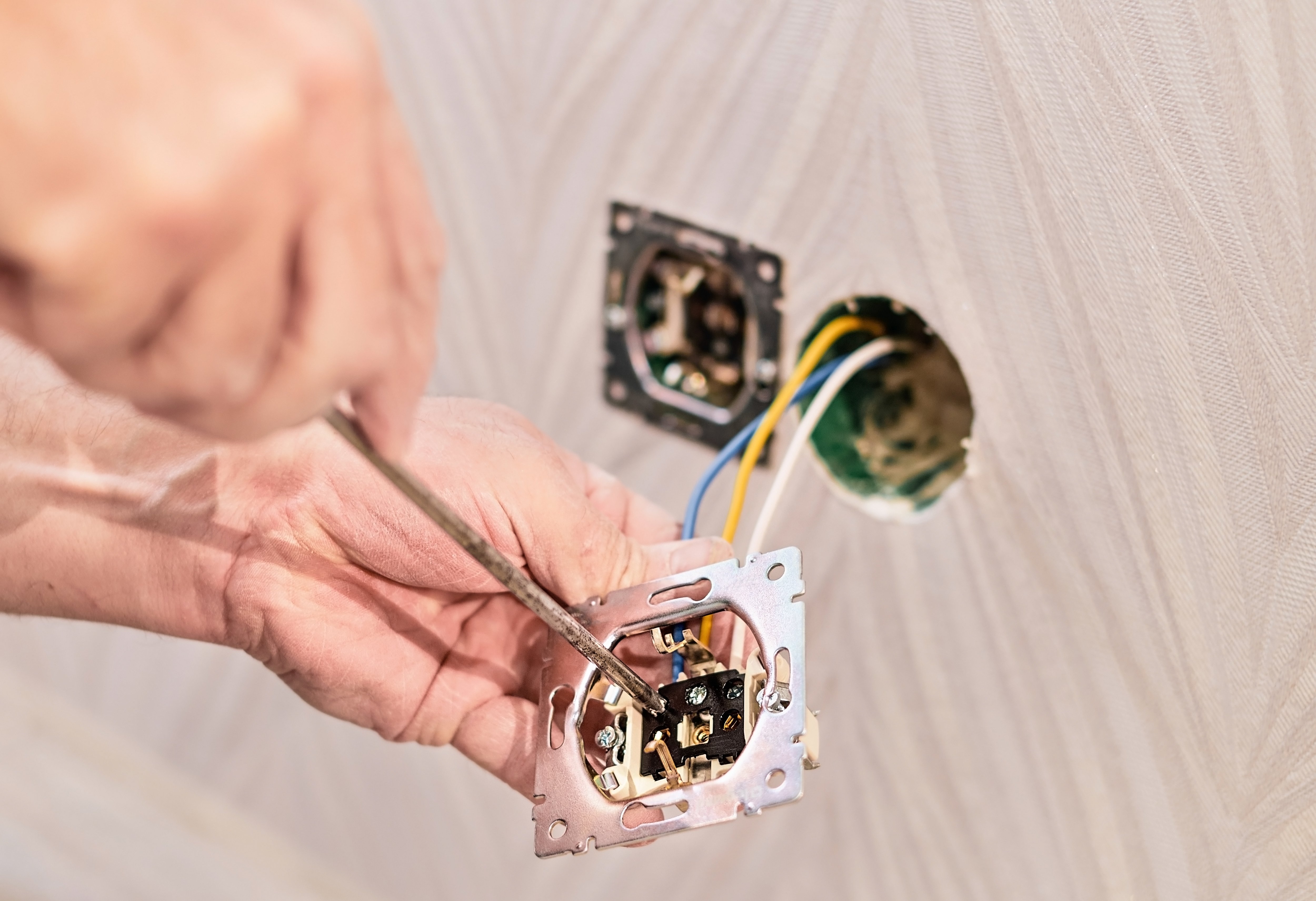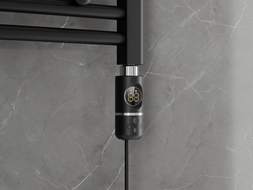
Before you plan the exact arrangement of electrical outlets in the kitchen, consider what kind of equipment you will be using. The modern kitchen is equipped with an increasing number of electrical devices that require a constant connection to the power supply. You need to establish not only how many outlets you will need in the kitchen but also where to install them and at what height. Electrical outlets should be in easily accessible places.
Plan the Appropriate Arrangement of Electrical Outlets
It is hard to imagine a modern and functional kitchen without electrical appliances. Alongside pots and dishes, it is the electrical devices that are most important. Even if you cook on gas every day, you probably have necessary equipment in the kitchen, such as:
-
electric kettle,
-
toaster,
-
blender,
-
coffee machine,
-
microwave oven,
-
refrigerator,
-
dishwasher,
-
radio,
-
oven.
Moreover, increasingly more often an electric stove – induction is appearing in the kitchen, and in the case of gas stoves, a gas igniter often also requires an electric spark. As you know, in a typical home, it is no longer possible to imagine a kitchen without electricity. Therefore, it is necessary to install outlets corresponding to at least the number of appliances you own. However, remember that to properly arrange the electrical outlets, you need to put in some effort.

Correct Arrangement of Outlets in the Kitchen
When planning the arrangement of electrical outlets, it is important to consider primarily those appliances that require continuous power connection. Such devices are undoubtedly the refrigerator and dishwasher, increasingly more often also the stove and kettle. Since we already have the most important appliances, it is clear how many outlets must be found in the kitchen at a minimum. It is worth noting that multiple devices can be connected to one electrical outlet, so it is good to choose at least double outlets.
It is assumed that outlets in the kitchen should be placed on opposite walls, at least one on each wall; however, for convenience, more than one electrical outlet is installed on each wall. It is also worth planning lighting, especially if in addition to the ceiling light, you plan to have lighting embedded in the kitchen furniture and above the worktop. The number of lamps and lights will determine the light switches.
Modern Ideas for Arranging Electrical Outlets
Contemporary solutions allow you to place an electrical outlet in such a way that it is as inconspicuous as possible. Moreover, several other outlets can be connected to one outlet, which might be recessed into the counter and pulled out only when needed. Built-in electrical outlets practically take up no space and are additionally not at risk of flooding or getting dirty while preparing meals.
An interesting idea is electrical outlets with additional inputs, where you can charge your smartphone or tablet using a USB cable. Thanks to this, you will be able to charge your phone while in the kitchen without using any of the outlets present. Various types of electrical outlets are available on the market, and you can easily find models that will work not only in the kitchen but also in any room in the house, although remember that electrical outlets in the kitchen should be closed to protect against moisture and simply dripping water - at least around the sink area.
Rules for Placing Electrical Outlets
Modern kitchens are most often equipped with so-called built-in furniture, which integrate with appliances such as refrigerators, ovens, stoves, and dishwashers. In such cases, electrical outlets must be located behind the entire setup, preferably at the height of the individual appliances. Most frequently electrical outlets are installed at a maximum height of 50 cm above the floor; this is the optimal height for every household member. A good idea is to create a collection strip with a switch, where the necessary outlets for connecting all devices can be found.
In addition to large appliances in built-in furniture, every kitchen is also equipped with small household appliances, such as toasters, blenders, toasters, etc. Many of these appliances are used daily, so it is convenient to have an appropriate number of outlets to connect them. Electric devices that we use less frequently can be connected to those outlets that are currently free. Such a solution will work great in any kitchen. There is probably no optimal number of outlets, as new devices continuously appear in the home that need to be connected to the power supply. Therefore, it is worth placing more than is currently needed. Similar rules for placing electrical outlets can be successfully applied throughout the house. Importantly, when placing electrical outlets above the worktop, we should ensure they are at least a few cm above it - this will help keep them clean.



















